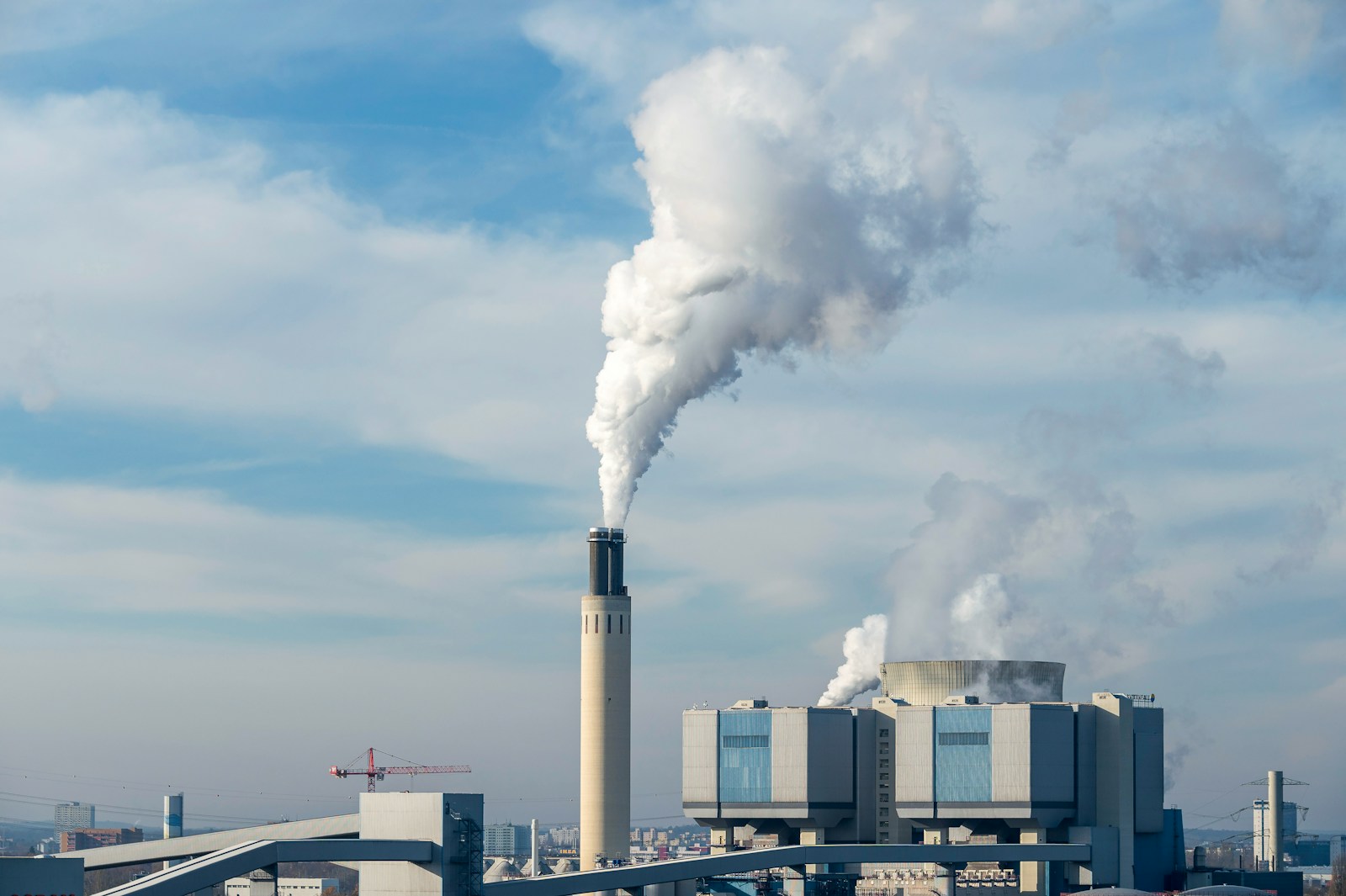
Environmental pollution
In a small coastal town, a fisherman named Miguel wakes up each morning to the sound of waves crashing against the shore. For decades, he has relied on the ocean for his livelihood, catching fish that sustain his family and community. However, over the years, he has noticed a troubling change: plastic waste has infiltrated his fishing grounds. From discarded nets to plastic bottles, the ocean is now littered with debris that not only threatens marine life but also jeopardizes his way of life. Miguel’s story is a reflection of a larger crisis—plastic pollution—which poses severe threats to ecosystems and human health worldwide.
The Scope of Plastic Pollution
Plastic pollution has reached alarming levels globally. It is estimated that around 300 million tons of plastic are produced each year, with a significant portion ending up in the environment. According to the United Nations Environment Programme (UNEP), approximately 19-23 million tons of plastic waste leak into aquatic ecosystems annually, contaminating oceans, rivers, and lakes. This pollution not only disrupts natural habitats but also poses serious risks to wildlife and human health.
Types of Plastic Pollution
- Macroplastics: Larger plastic items such as bottles, bags, and fishing gear that can entangle wildlife or be ingested by animals.
- Microplastics: Tiny plastic particles less than 5 mm in size that result from the breakdown of larger plastics or are intentionally manufactured for products like cosmetics. Microplastics have been found in every corner of the globe, from the deepest ocean trenches to Arctic ice.
Impact on Ecosystems
The effects of plastic pollution on ecosystems are profound and multifaceted:
- Marine Ecosystems: Plastics are a significant threat to marine life. Sea turtles often mistake plastic bags for jellyfish, leading to ingestion that can cause blockages or death. Fish and seabirds also consume microplastics, which can accumulate toxins and enter the food chain, ultimately affecting human consumers as well.
- Terrestrial Ecosystems: While marine pollution often garners more attention, plastic waste also severely impacts terrestrial environments. Research indicates that microplastics can affect soil health by altering microbial communities essential for nutrient cycling. This degradation can lead to reduced agricultural productivity and compromised food security.
- Biodiversity Loss: Plastics threaten biodiversity by disrupting habitats and harming various species. For instance, coral reefs suffer from smothering due to plastic debris, which inhibits their growth and resilience against climate change.
Human Health Implications
The implications of plastic pollution extend beyond environmental concerns; they pose significant risks to human health:
- Chemical Exposure: Many plastics contain harmful additives such as phthalates and bisphenol A (BPA), which can leach into food and water supplies. These chemicals are linked to reproductive issues, developmental disorders, and various cancers.
- Microplastics in Food: Studies have found microplastics in seafood, drinking water, and even table salt. The long-term health effects of consuming microplastics remain largely unknown but raise concerns about potential toxicological impacts.
Strategies for Reducing Plastic Use
Addressing the plastic pollution crisis requires concerted efforts from individuals, communities, industries, and governments. Here are several strategies to reduce plastic consumption:
- Policy Changes:
- Governments should implement stricter regulations on plastic production and waste management. Bans on single-use plastics can significantly reduce waste entering ecosystems.
- Incentives for businesses adopting sustainable packaging alternatives can encourage innovation in reducing plastic use.
- Community Initiatives:
- Local clean-up events can raise awareness about plastic pollution while actively removing debris from natural areas.
- Educational campaigns can inform communities about the importance of reducing plastic use and promote alternatives.
- Individual Actions:
- Individuals can make conscious choices to reduce their reliance on single-use plastics by opting for reusable bags, bottles, and containers.
- Supporting brands that prioritize sustainable practices helps drive market demand for eco-friendly products.
- Innovative Solutions:
- Research into biodegradable materials offers promising alternatives to conventional plastics that could mitigate environmental impacts.
- Developing efficient recycling technologies can help manage existing plastic waste more effectively.

Conclusion:
Plastic pollution represents one of the most pressing environmental challenges of our time, threatening ecosystems and human health alike. Miguel’s story is just one among millions affected by this crisis. However, through collective action at all levels—policy reform, community engagement, individual responsibility—we can combat the scourge of plastic pollution and work towards a healthier planet for future generations. The time for action is now; our oceans, wildlife, and communities depend on it.



